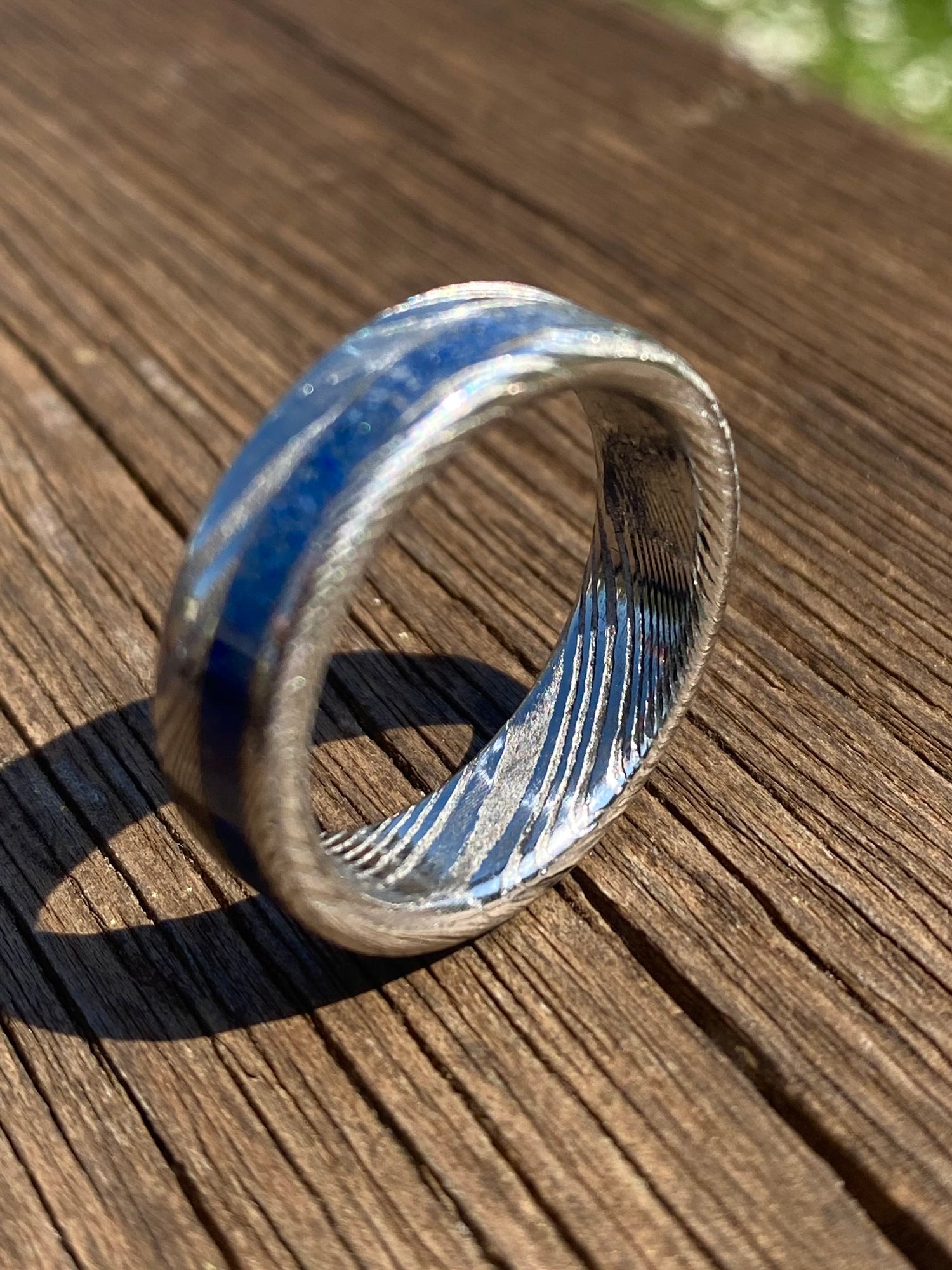🔍 Agate is a compact fibrous variety of chalcedony (quartz), with a zoned structure visible to the naked eye also due to a diversity of colour, thickness and transparency.
Agates are formed by rhythmic crystallization of gelatinous silica, usually within amygdalar cavities of basaltic rocks, which give the rounded external shape.
Numerous varieties can be distinguished based on zoning
𝐅𝐨𝐫𝐦𝐮𝐥𝐚 𝐜𝐡𝐢𝐦𝐢𝐜𝐚: SiO2
Hardness (Mohs): 7
Crystalline System : Trigonal
Luster: Vitreous, Waxy
⏳ The name agate originates from the Latin word achātes, which in turn derives from the Greek ἀχάτης, crossed with the proper name Agata .
🧪 The formation of agate is a process that takes place inside the cavities of volcanic rocks, particularly in basaltic rocks. These cavities are formed during volcanic activity, when the magma cools rapidly and air bubbles or cracks are created within the rocks themselves.
Subsequently, water rich in dissolved silica, coming from rainfall or underground springs, penetrates these cavities, starting to fill the empty spaces. Silica is often present in the form of silicic acid, a water-soluble form of silica. When environmental conditions change within volcanic rocks, dissolved silica precipitates, forming three-dimensional lattices of silicon dioxide, known as SiO2, the main substance of agate.
During the silica precipitation process, changes in the concentration of other minerals and impurities present in the solution may occur. These minerals, such as oxides of iron, manganese and other elements, can contribute to the formation of agate's distinctive stripes, bands or patterns.
Over time, the silica is deposited layer after layer inside the cavities, creating the banded or striped structure typical of agate. This process can take thousands or millions of years to complete, with new layers overlapping previous ones over time.
In summary, agate formation is a long and complex process, which involves the deposition and crystallization of silica within the cavities of volcanic rocks. This process creates agate's distinctive structure, with its multicolored bands and stripes, making it one of the most fascinating and admired gemstones in the world.
🌎 The well-known Nahe and Idar deposits are almost completely exhausted, currently the richest are







